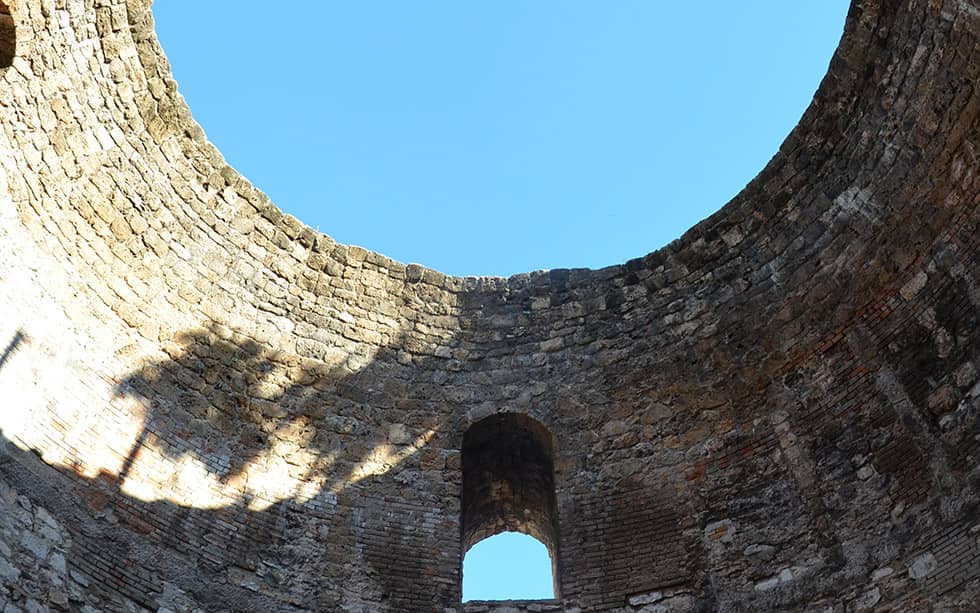As recorded by Marko Marulić in the manuscript dated from 16th century, the Vestibul had rounded niches with statues, a large dome with a glittering color mosaic and a white circular wall. If you are in the historical part of Split be sure to check out this attraction.
The vestibule was the entrance to the residential part of the palace, only for and selected audience such as ambassadors. Just like in a theme park, the vestibule prepared the visitors for the follow up - meeting the ruler. That is also one of the reasons why it is (was) so impressive - it had to prepare them for meeting "the one above them".
South east of vestibule is the Medieval quarter, where the oldest building is the early Romanesque house from the 10th century. On the opposite, inside the church of St. Andrija is a part of the Ethnographic museum.
Split - "Emperor's City for History Lovers"
Private Walking Tour+Cellars Museum
Guided tour of Old Town Split, including the famous Diocletian's Palace (UNESCO World Heritage Site), Peristyle and the basement cellars.

The Vestibule has great acoustics, so during the summer, you may find klapas (klapa music is a form of traditional a cappella singing in Dalmatia performed by a klapa group) performing traditional songs in a capella. In 2012. klapa was inscribed in UNESCO Intangible Cultural Heritage of Humanity.
Features
open 24 hours
Features
Ancient imperial antechamber
Address & contact details
Street: Ul. Iza Vestibula 1
Postcode: 21000
City: Split
Where to stay in Split
Our top picks for where to stay in Split.